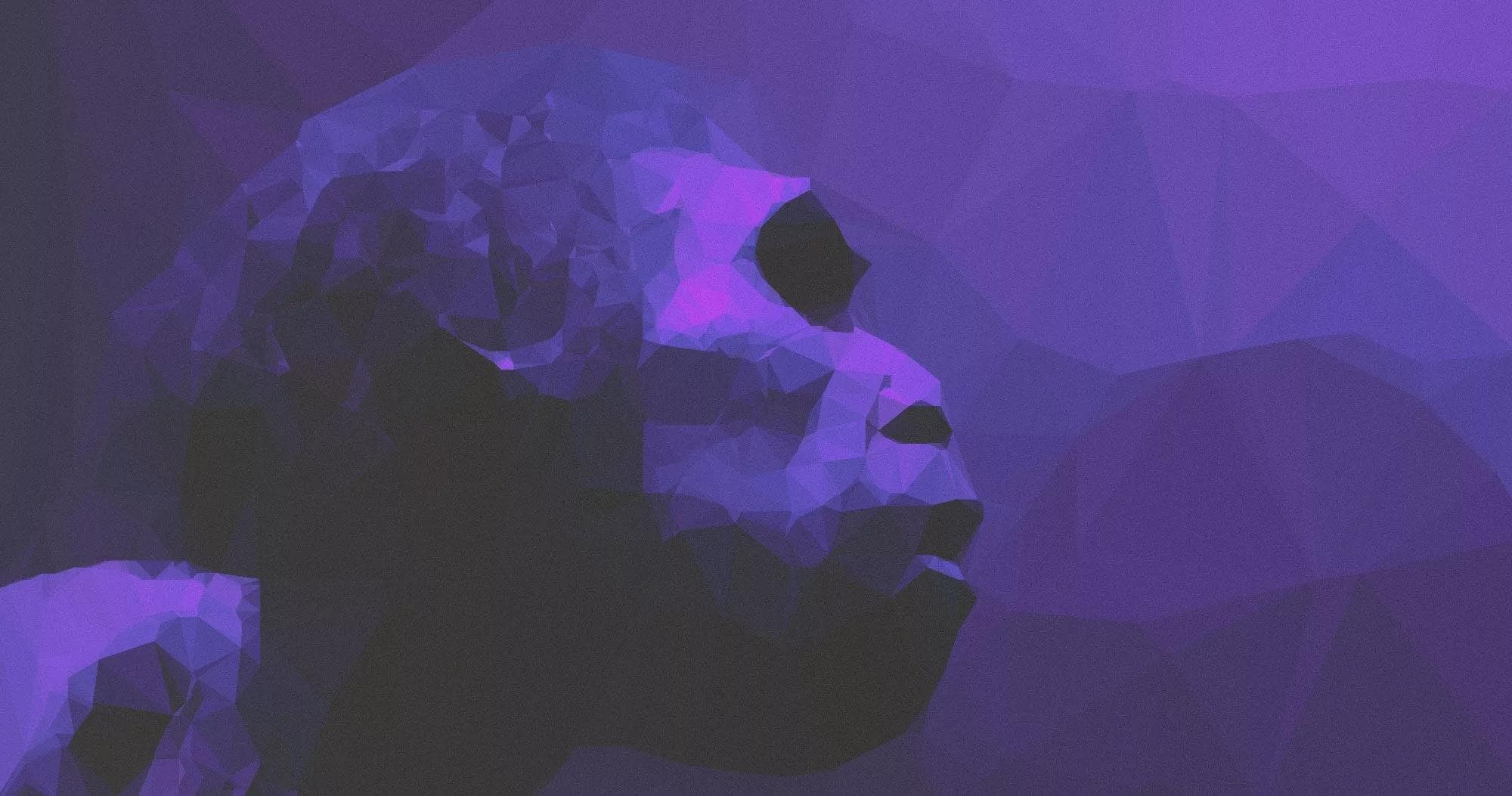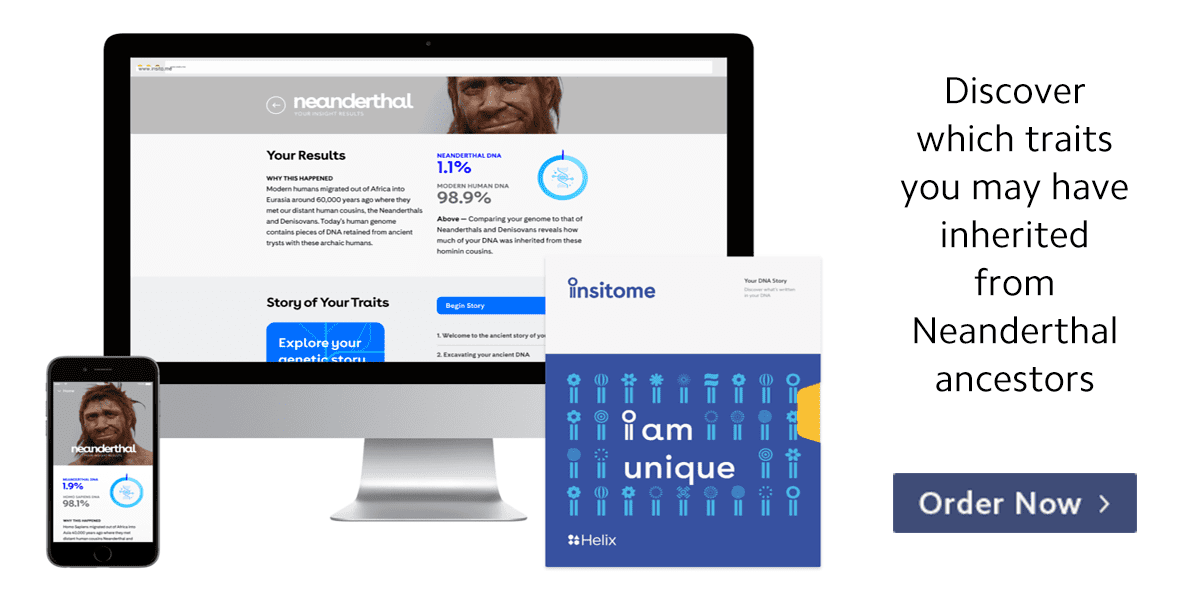8 things to know about our ancient relatives, the Neanderthals and Denisovans

The Neanderthals: they’re practically celebrities of the ancient world. There’s this mysterious air about these ancient people—who were they, and how did we interact with them? These questions have been the topic of ongoing research, and the results depict a fascinating story involving Neanderthals, the related Denisovans, and modern humans.
Here’s what you need to know:
1. Neanderthals and Denisovans were humans!
In the same way that a Rottweiler and a Corgi are both dogs, Neanderthals and Homo sapiens were both humans. It’s hard to imagine, but after hundreds of thousands of years spent apart—while separated by continents—Homo sapiens and Neanderthals began to evolve into different species. But before they could, their paths crossed again and a single human species emerged.
2. Their names come from the location of their discovery
Neanderthals were first discovered in a cave located in the Neander Valley of Germany. Denisovan remains were first found in the Denisova Cave in the frigid mountains of Siberia.
3. Eurasia was home to Neanderthals and Denisovans for nearly 300,000 years before Homo sapiens showed up
Neanderthal remains have been found in Eurasia that date back as far as 450,000 years. In contrast, the earliest recorded Homo sapiens remains outside of Africa date to about 100,000 years ago.
4. Neanderthals and Denisovans were better adapted to northern climates
With hundreds of millenia spent on the Eurasian continent, Neanderthals and Denisovans began to evolve in ways that helped them survive the colder weather and varied amounts of sunlight. Archeological data suggests they were shorter and stockier, and genetic analysis indicates they had a wide variation in pigmentation of their hair and skin. Some adaptations may have also helped them make more of a heat-producing type of fat to help them in colder weather.

5. It’s not clear what happened to them
Homo sapiens ventured beyond Africa about 100,000 years ago. By 40,000 years ago, the Neanderthals and Denisovans had disappeared. There have been competing theories for what caused their disappearance. Until recently, it was believed that war and competition with Homo sapiens lead to their demise. But recent evidence indicates that they may have just merged cultures with Homo sapiens.
6. Neanderthals, Denisovans, and Homo sapiens weren’t the only humans
With improved sequencing and computational power, researchers are finding evidence that people of African ancestry may have inherited archaic DNA from other, non-Neanderthal humans. Ongoing research aims to clarify the dynamic flow of genetic data between groups in ancient Africa.
7. Neanderthals, Denisovan, and other archaic DNA lives on in modern humans
Genetic analysis shows that there was a dynamic flow of genetic material between Homo sapiens and other archaic humans. Analysis of modern and ancient DNA tells us that Denisovan and Neanderthal DNA entered the Homo sapiens gene pool somewhere between 40,000 and 65,000 years ago and has persisted ever since. Now, about 2-6% of the DNA in people of non-African ancestry comes from Neanderthals or Denisovans. Current research is looking to learn more about archaic humans in Africa and how their DNA may or may not be affecting us today.
8. Learning about Neanderthal and Denisovan DNA is easier than you think
Learning about archaic humans isn’t just about history, it can also be a personal look back at your family’s history. DNA sequencing can help you explore your DNA for traces of Neanderthals and Denisovans. Products like Insitome’s Neanderthal and National Geographic’s Geno 2.0 give you the opportunity to investigate your own ancient roots!
Categories